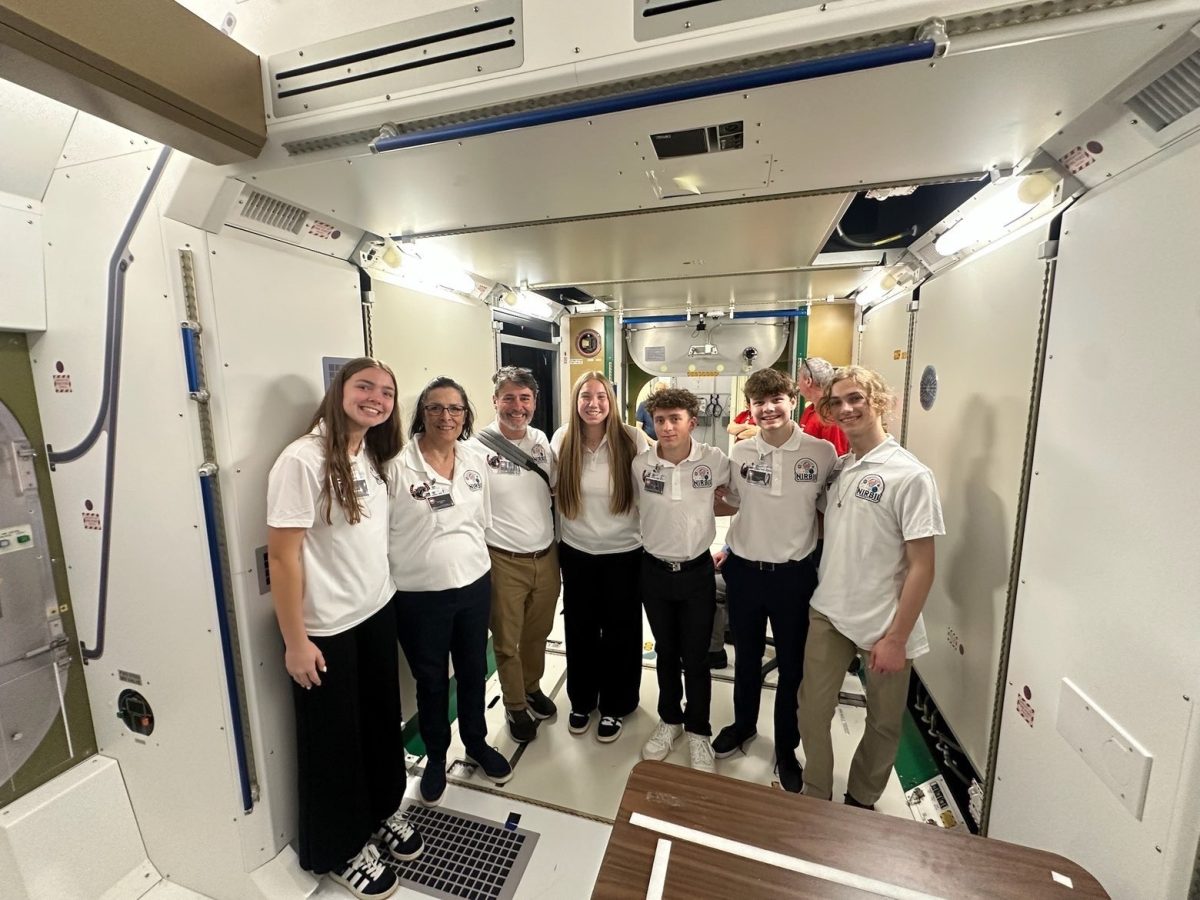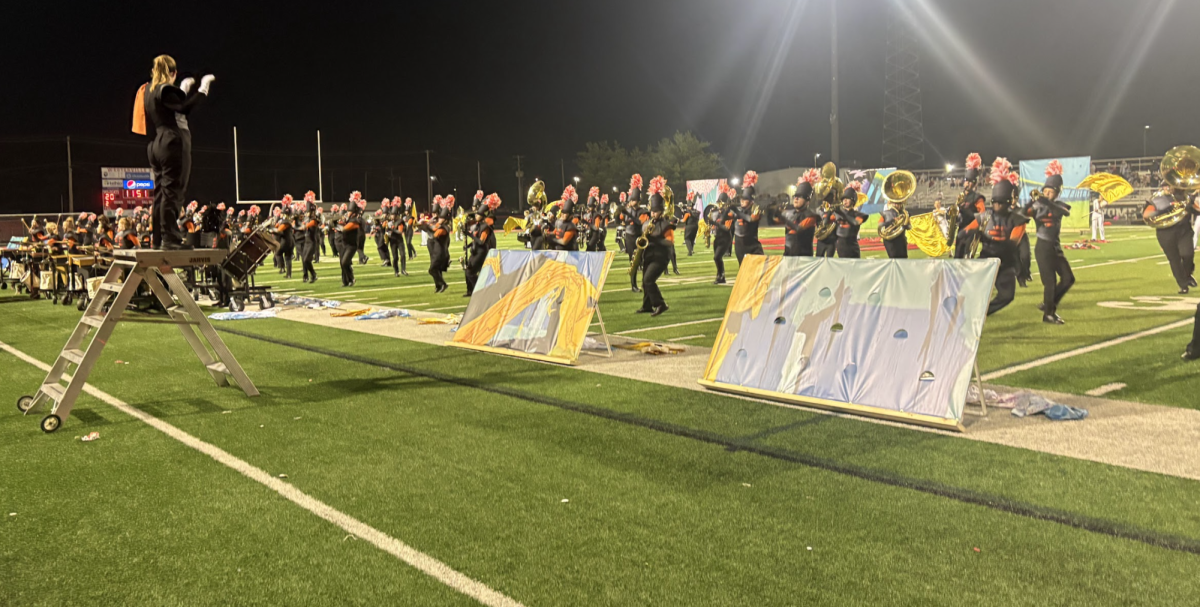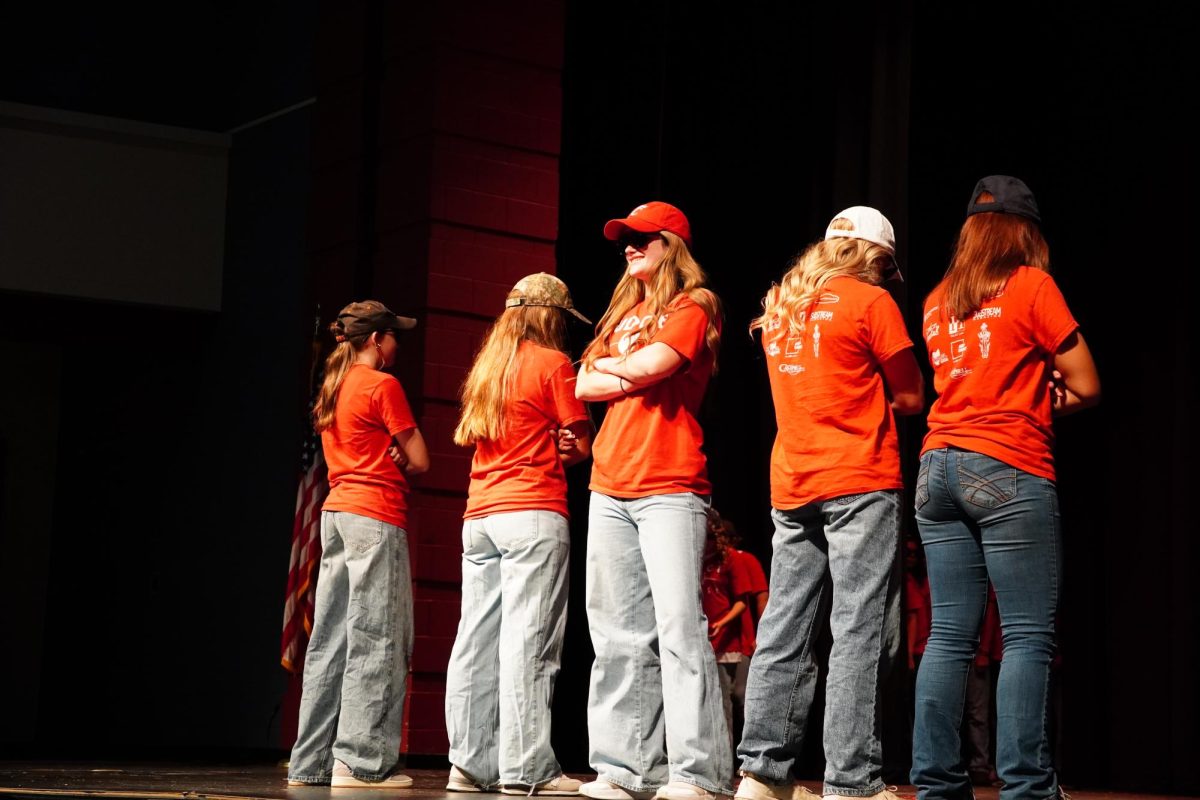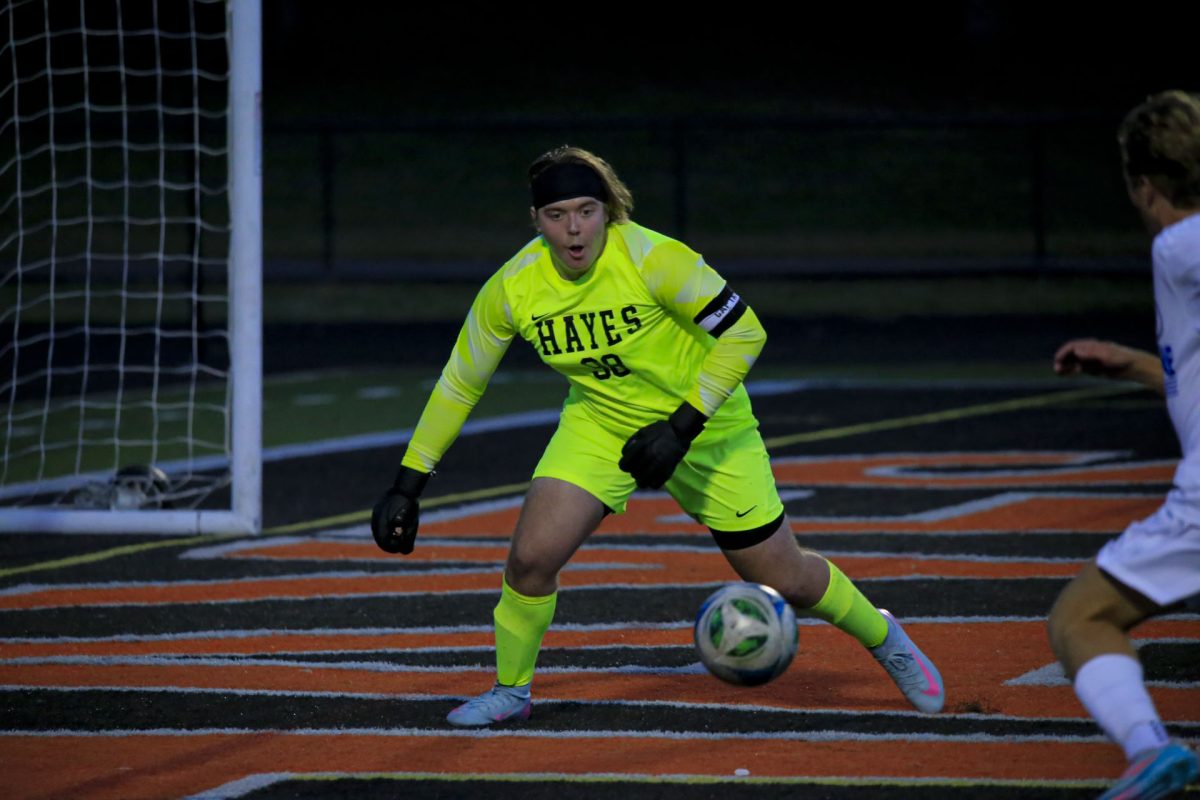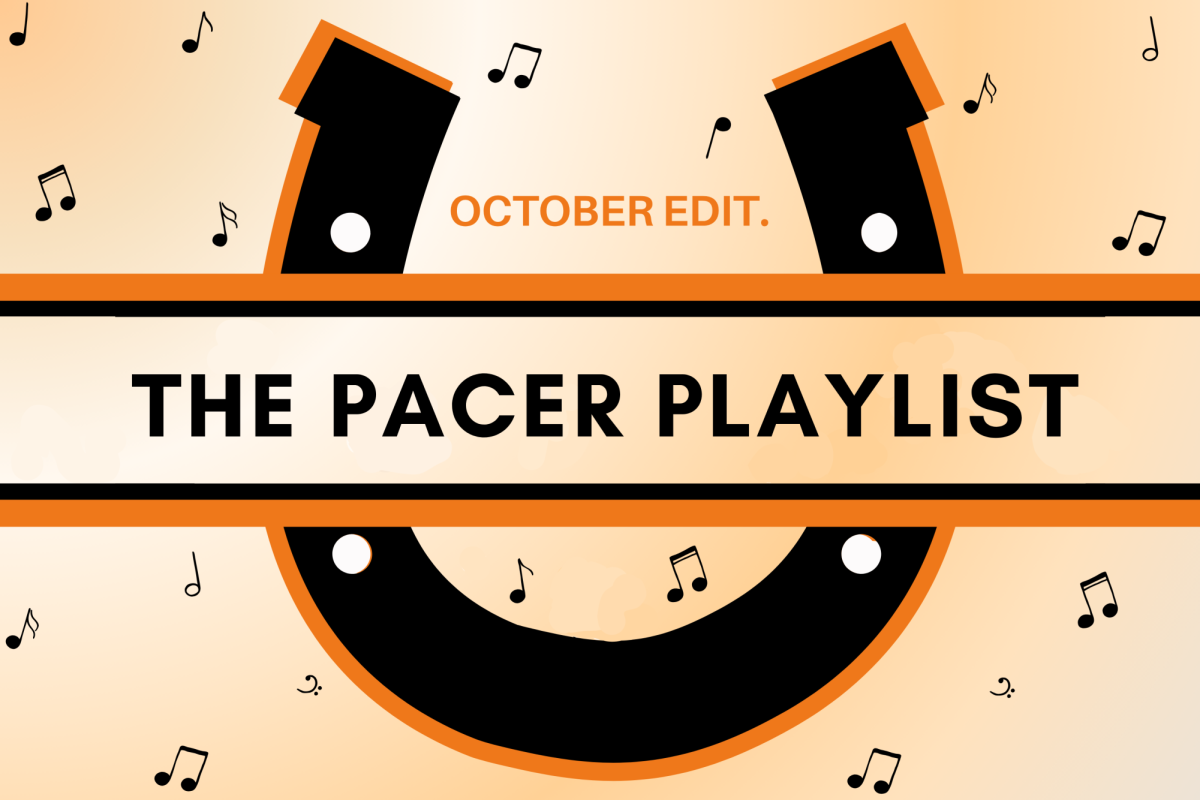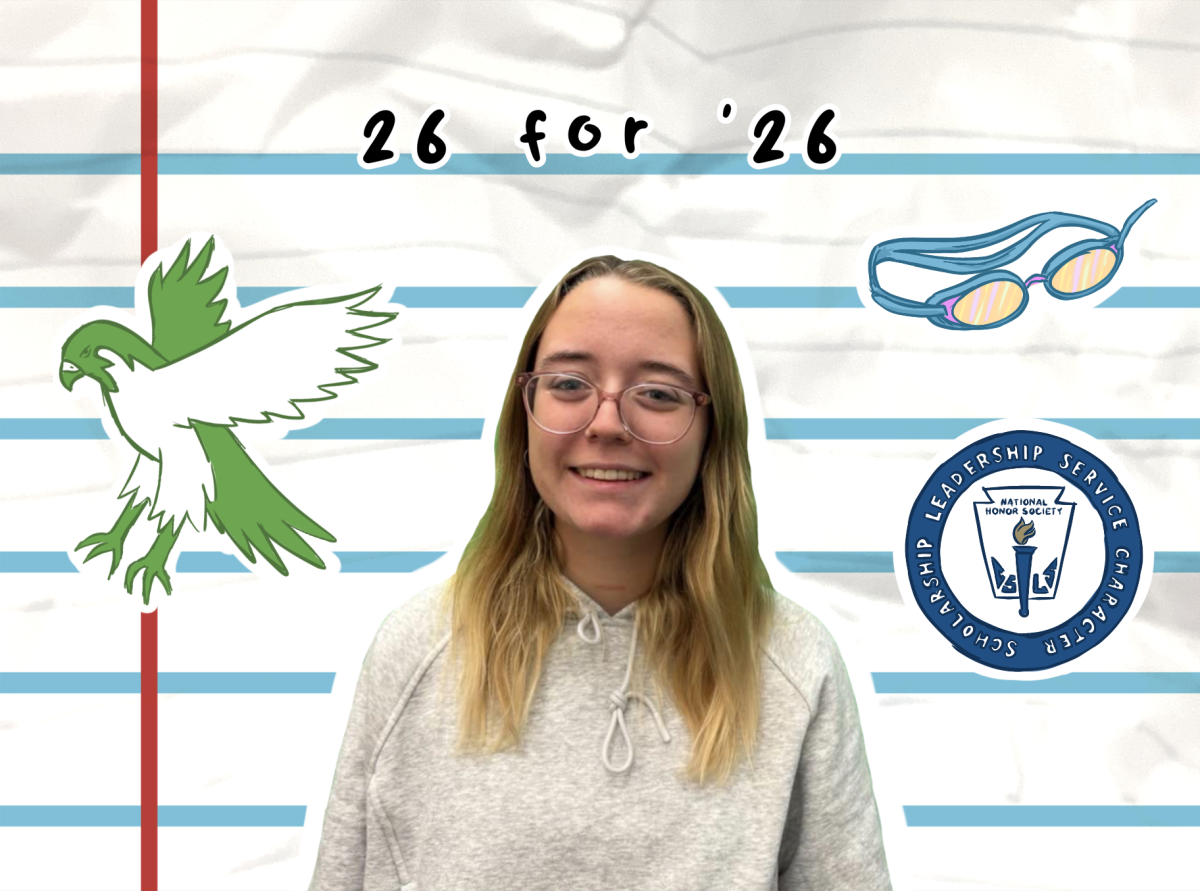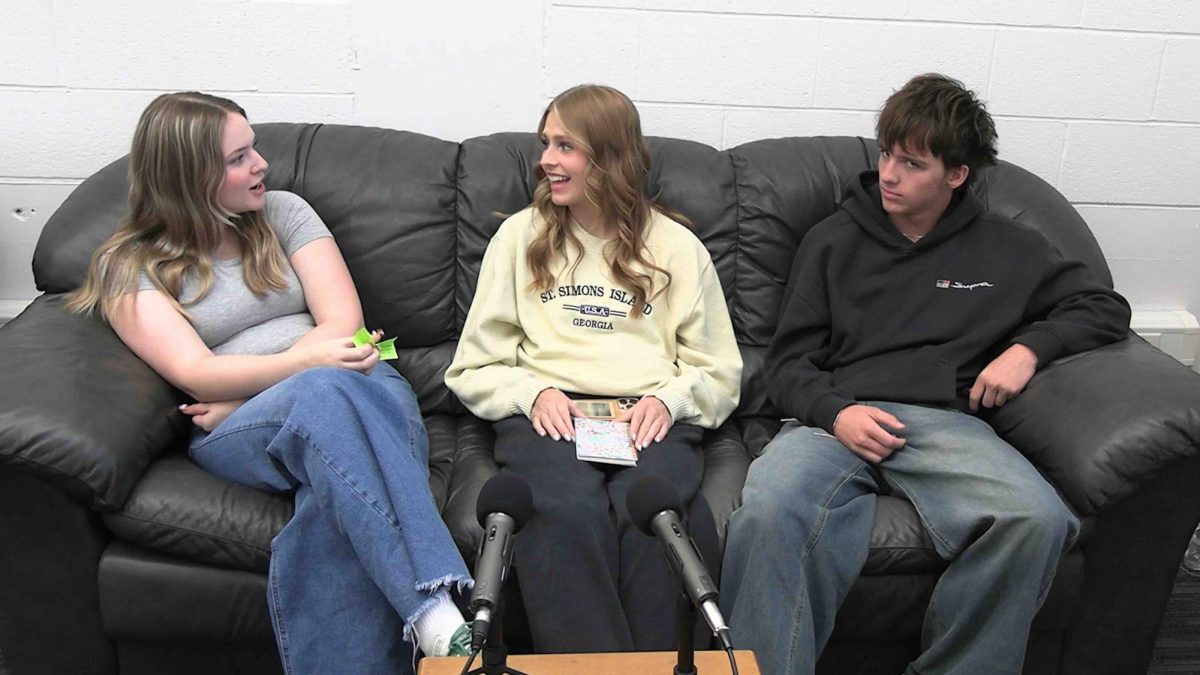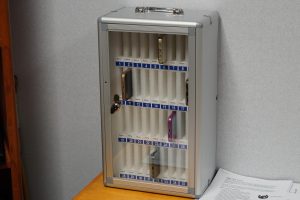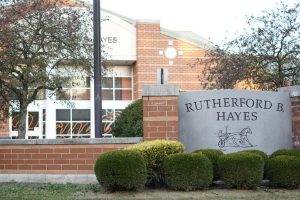Teachers and students reflect on year in AP classes
Students are given an envelope with their testing information at their AP exams. The AP exams serve as the culmination of a year’s work, and offer students college credit if they score a 3 or above.
May 19, 2021
AP classes are typically presented as the most challenging opportunities possible, but a new layer was added to that statement this year. With many classes having wrapped up post-exam, teachers and students are reflecting on their year amid the Covid-19 pandemic.
From the beginning, both students and teachers alike were given a unique challenge with the cohort system. With a large amount of content to get through before the eventual AP exam, both groups had to adjust to get the necessary work done.
“For a lot of people, it was harder to finish the content of the course,” AP Calculus teacher Jake Shafer said. “It certainly made it harder for [teachers] to give tests and assessments because [students are] doing them at home or at school depending on the day.”
Initially, there were concerns about whether students would be burdened with work. However, students and teachers were able to cooperate to ensure that the year went as smoothly as possible.
“It didn’t feel difficult for me to keep up with my work this year,” junior Rachel White said. “By focusing on time management more than in years previous, I was able to finish my assignments on time.”
For teachers as well, the process was all about timing, and a bit of outside-the-box thinking. One example of this versatility came when it was time to give out diagnostic exams.
In a typical year, the exams are given out over several class periods, and allow students to gauge how prepared they are for the typical exam.
“We want people to be able to practice and see where they are, but we also want the exam to feel like something we’ve done,” Shafer said. “The more comfortable you are in that test environment, the better you are going to do.”
This year, the typical diagnostic exam process was not possible. However, Shafer and many other AP teachers found a solution: proctoring the tests on Wednesdays in April, while everybody had remote learning due to OST testing.
“The biggest issue was time, and that’s where the idea to do the diagnostics on Wednesdays came from,” Shafer said. “We had to find a creative way to do it, and it actually ended up uniting us, and helped us find a way to be consistent.”
Ultimately, the plan worked in the eyes of students.
“Despite the difficult circumstances, I felt prepared going into my exams,” junior Zach Maines said.
By the end of the year, innovation like this is what allowed students and teachers alike to make it through this unique year no less prepared for what comes next than what would be expected in a normal year.
“I don’t think people going into their next class will be any less prepared than they would have been,” Shafer said. “It’s not because there was some magical system that got them there; it’s because the AP teachers at this school work really, really hard.”
In the end, that preparedness is what students expect from these courses, as they look to move forward academically, and many believe that they are ready for what comes next.
“I think I did get an elevated experience, and I did learn enough in my AP courses to move onto the next classes,” White said.
Now that class is almost done and dusted for the year, students are looking forward to the next level of their education, whether it be college or their next year of high school. However, teachers are still looking to give students the AP experience.
“If you have a chance to take an AP course, take an AP course. It is a legitimate college curriculum,” Shafer said. “There is still a big role for the courses, and we need to be growing the group. If you have a chance to take one, 100% take one.”


